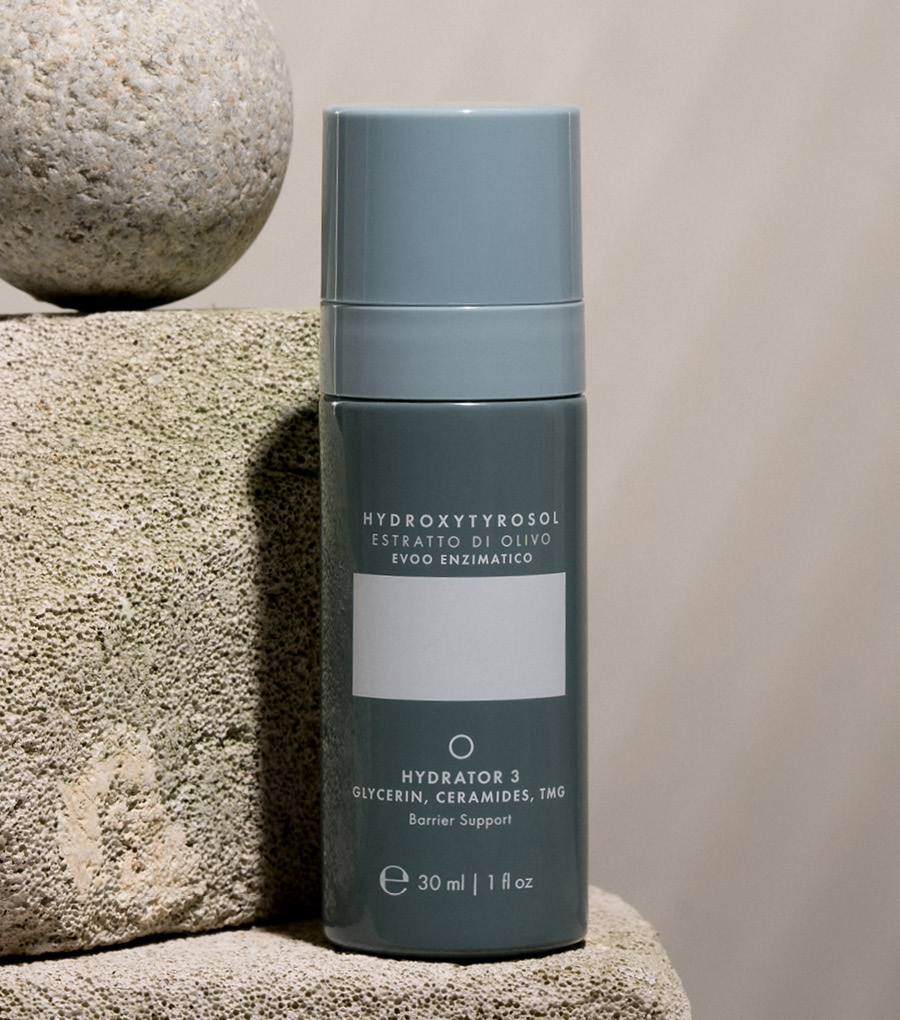Winter skin care tips for your next skiing holiday

Winter can be a wonderful season to enjoy, especially if you like the snow, low temperatures and outdoor sports like skiing, sledding, or snowboarding. Whether you regularly live in the mountains or you’re planning a winter vacation, don’t miss our cold-weather skin care tips!
We are aware that extreme cold, the sun and frequent temperature changes between air-conditioning and outdoor environment can negatively affect our skin, leaving it dry and visibly irritated.
Read this article to learn how to build the perfect skiing holiday skin care routine and keep your skin happy and healthy in cold weather!
Prepping your skin for the snow: tweak your skin care routine before leaving
When it comes to skin care, prevention is better than cure! If you’ve planned your holiday months in advance, you have enough time to prep your skin so that it will be affected as little as possible by the cold mountain climate. There are some little changes you might want to make to your regular skin care routine before you leave in order to benefit your skin.
In this case the watchwords are “hydration” and “nourishment”. Start by adding our Hydrator 3 to your evening skin care routine: formulated with nourishing biotechnological Ceramides, it reduces the effects of future skin barrier damage by up to 60% (28-day study, 20 male and female volunteers ages 20-50 using instrumental evaluation).
Best cold damage hack? Prep your skin at least two weeks before you leave and incorporate semi-slugging in your weekly routine (to find out more, also read our post on how to build a winter skin care routine based on your skin type).
Once on holiday: what to do

Once on holiday, don’t get too carried away by the excitement of the moment. Holiday is the perfect time to relax and slow down: take advantage of your free time to pamper your skin. Our skin care tips will help you maintain your glow and prevent breakouts while still enjoying everything the snow has to offer.
Start by gently cleansing your face with warm water. Avoid hot water, even though it feels good when it’s freezing outside, because it might strip and dehydrate your skin.
Allow skin to air dry remain moist (not wet). If the water is calcareous or hard, pat dry as the water can dullen the complexion and make the skin look lifeless. In this situation, mist with a toner to start your skin routine with a moist skin.
Follow with Hydrator 3, our high-performance, biotechnological ceramide serum full of Hydroxytyrosol antioxidants to help defend against skin barrier damage.
Follow with our UVA UVB SPF30 Mineral Filter at least 20 minutes before going out. Although ours is water-resistant, all sunscreens need to be reapplied every two hours, especially if you are active and sweat.
Don’t skip your evening skin care routine

Our last recommendation is to never skip your evening routine: your skin needs some additional care after a day exposed to dry, cold winter weather. While morning routine aims mainly at protection and skin damage prevention, evening routine needs to be tailored towards skin repair and regeneration.
During the sleep, skin works to renew itself: the repairing process of skin cells actually peaks at night. You don’t call it beauty sleep for nothing!
After gently cleansing your face, apply Hydrator 3 followed by a few drops of Antioxidant Boost.
To prevent skin dryness, semi-slug 1-3 evenings weekly by increasing the number of drops of Antioxidant Boost according to your skin needs:
- Mature skin: 5 to 12 drops for 2 to 3 alternating evenings
- From 30 years onwards: 4 to 10 drops for 1 to 3 alternating evenings
- Before of 30 years: 1 to 5 drops for 1 to 2 alternating evenings
- Oily skin: 2 to 5 drops for 1, maybe 2, alternating evenings
- Men new to skin care: 2 to 5 drops for 1 to 2 alternating evenings
Ready to leave for an amazing skiing holiday? Beauty Thinkers will help you protect your skin from sun and cold damage with a few simple gestures.
// Related //

Raffaella Solcia, a spritz with the Italian makeup artist

Raffaella Solcia, an espresso with the Italian makeup artist

Post-summer skin makeover. Best routines to get your luminosity back.
